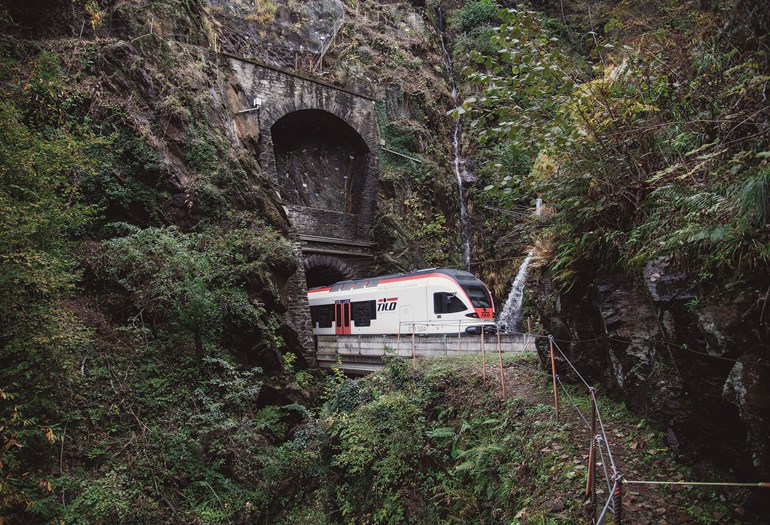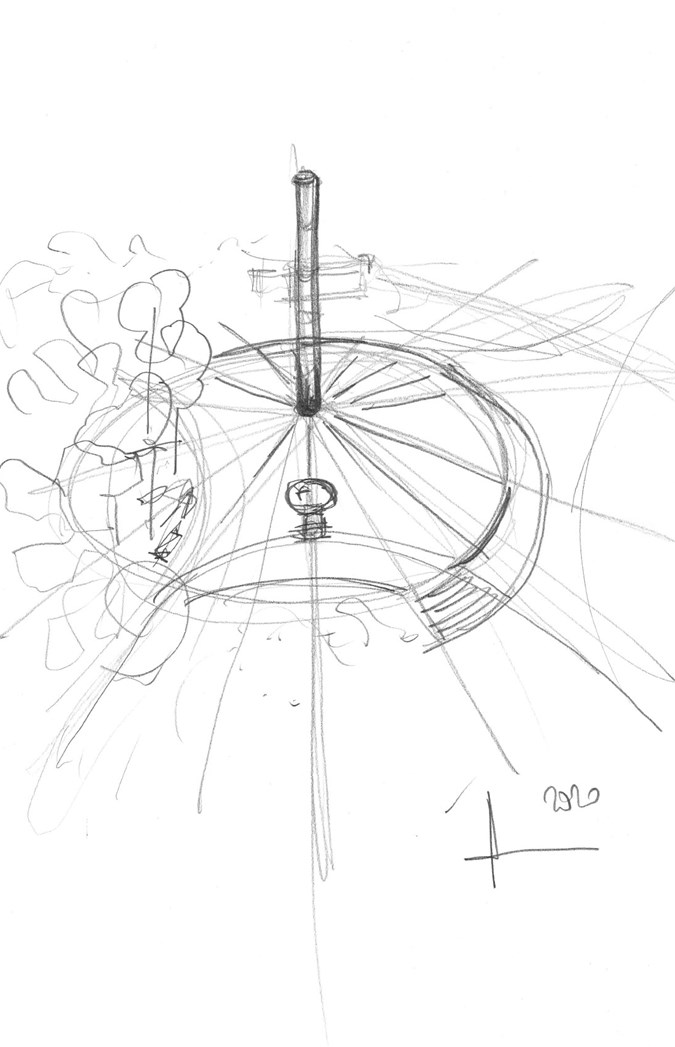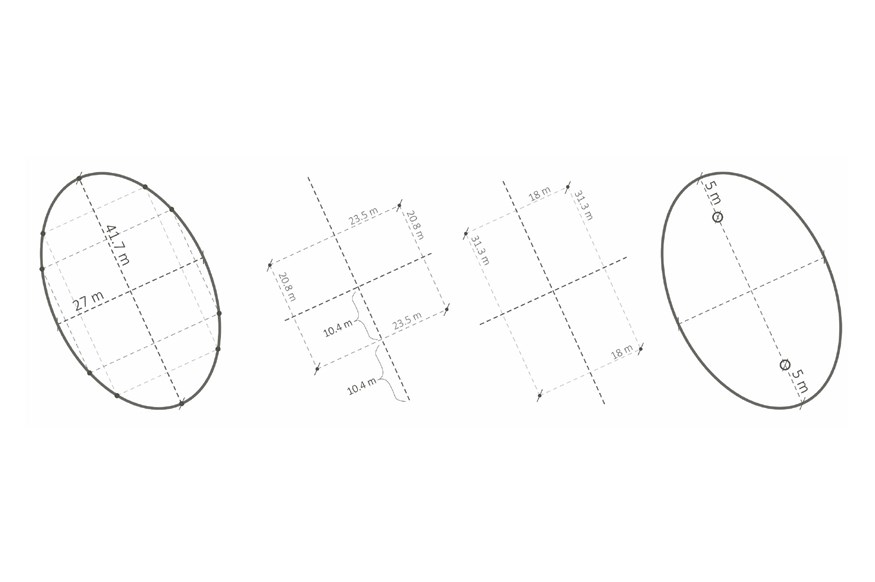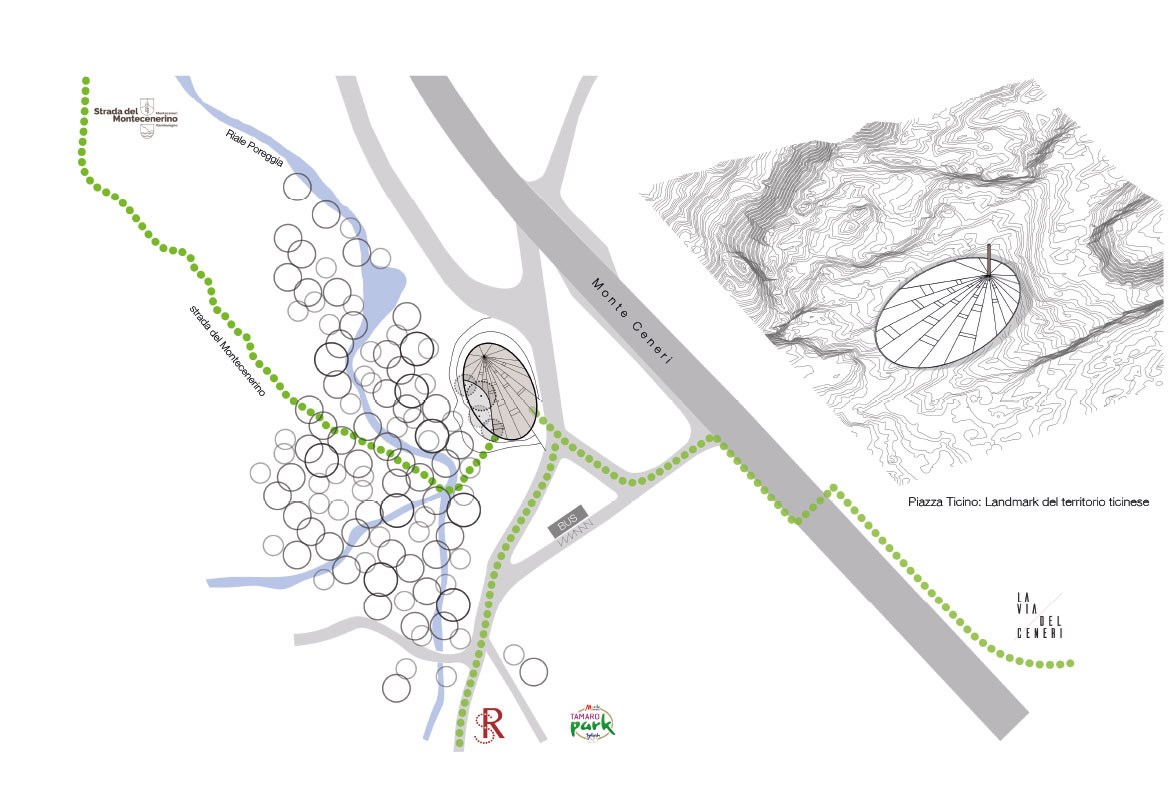This spot could have been called Piazza Ticino for decades. Looking at the buildings and tall structures rising up around it, it could have been the beating heart of a canton, the pivotal capital between the Sopraceneri and the Sottoceneri areas.This was the proposal – midway between utopian and provocative – made by the Ticino politician Stefano Franscini in the nineteenth century in the event that disputes were reignited between the various cities of the young canton, at a time when the capital changed location every six years, going from Bellinzona to Locarno and then Lugano.
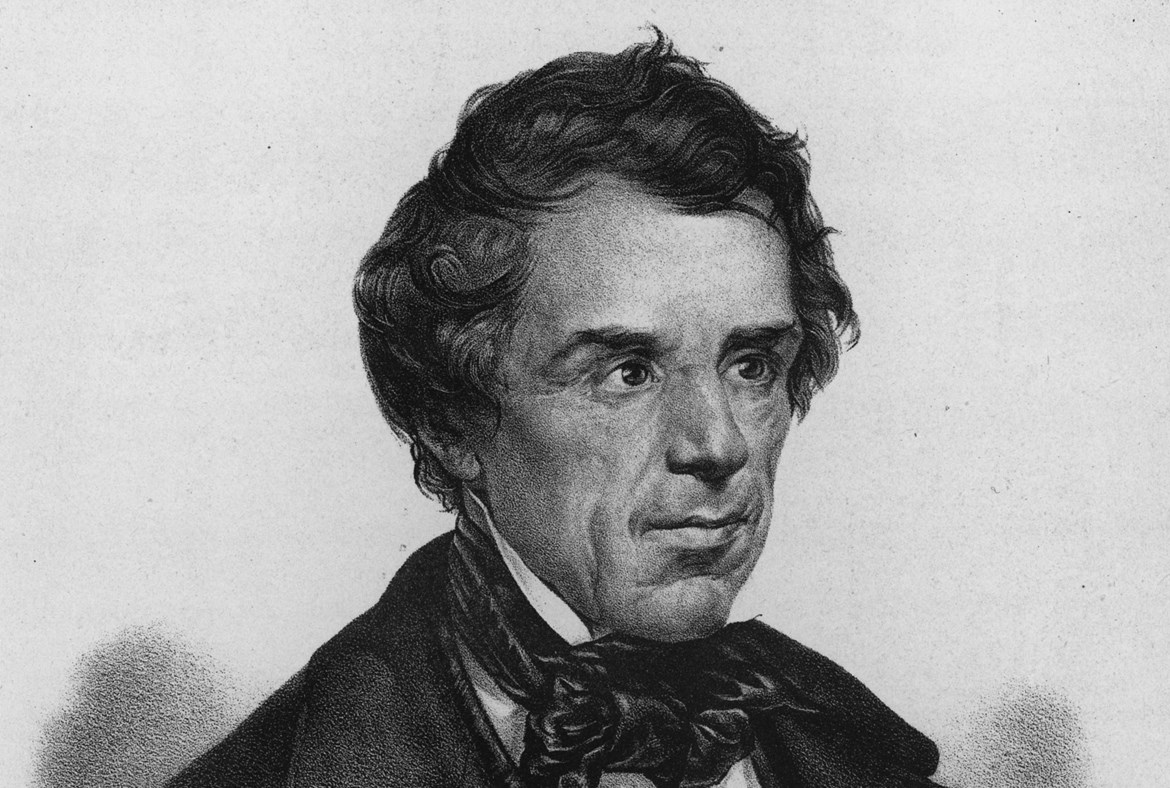
The birth of Canton Ticino, with the merger of the Sopraceneri and Sottoceneri in a single republic, was indeed a decision imposed from above.It was made in Paris on 19 February 1803, upon the initiative of Napoleon Bonaparte, with the signing of the Act of Mediation.
Over two centuries after its birth, Ticino has managed to forge its own identity within the confederation, while still preserving and promoting its distinctive regional features.Thanks to road and rail infrastructures developed over the last two centuries, Ticino has succeeded in improving its connections with other cantons and EU countries.This spot, which has been renamed Piazza Ticino, has been chosen as the starting point for the “Via del Ceneri” trail to indicate the central role played by the mountain and its roads in the creation of the canton.
